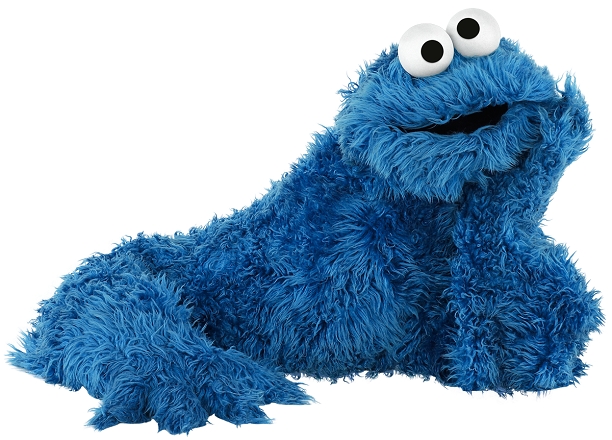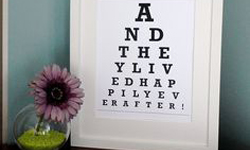It isn’t absolutely necessary, but an eye chart, also called an eye test card, will be very useful for practicing the method with.
The traditional use of an eye chart is to measure vision in an eye doctor’s office from a fixed distance away. What we’re doing is using the eye chart at home as a feedback tool. It just so happens to have recognizable details of various sizes, with high contrast, and therefore is just about perfect for our purposes. You want something that you can see more and more of the more your vision improves. It’s hard to get that kind of clear feedback when looking at other objects around you. So with an eye chart you can tell easily if your vision has improved, or at least changed. As a plus, it will tell you how well you might do if you have to get your vision tested soon, such as for DMV or military requirements.
Free Eye Charts to Download and Print
I have sized and test printed the below eye charts to ensure that they are the right size for testing your vision, if you print them according to the instructions included in the download.
For example, the height of a letter on the 20/20 line for the 20 ft distance chart is 8.9 mm, and the 20/200 letter height is 89 mm.
It doesn’t have to be perfect. The 20/30 line would be 13 mm, so even if it were slightly off spec it would be close enough. Your vision can change throughout the day, and lighting levels can have a significant effect, so a visual acuity test is never an exact science anyway. The best you can do is at least use the same chart consistently.
You can size these to your screen as per the instructions if you want to just view it on your computer from a distance, or you can print them out to hang on your wall at home.
Keep in mind that anything you print out won’t be as good as a professional chart you can buy for pretty cheaply from Amazon (in the US, anyway), but it’s better than nothing!
Buying an Eye Chart
Below are a few professional quality eye charts for sale on Amazon. These are the same charts that eye doctors buy for their offices, manufactured by Graham-Field. You can’t get a better chart.
They have an anti-glare coating and are readable in any decent light conditions.
And these are durable, so you can take it down, move it around, and roll it up for storage without worrying about creases getting formed in it from handling.

And of course these professional charts have very clear black letters, so you don’t have to question whether you can’t read a “print-your-own” chart because of the quality of the paper or ink.
Sometimes you can also find folded eye charts included inside books on the Bates method. I don’t remember which ones, but I read a lot of books in the past, and isome of the larger sized books had a fold-out eye chart printed on good paper that you can tear out of the book and hang up.
Change It Up
As charts to practice with, not necessarily measuring your progress, just about anything will do. It doesn’t even have to be an eye chart. Anything detailed is great, and think about adding some new charts or posters on your wall to look at, or go somewhere else to practice whatever you’re doing. As I have stressed over and over, your vision will not improve if you let yourself become disinterested in what you’re looking at.
Also see Nancy’s posts Appreciating the Eye Chart, and Eye Chart Games for some procedures you can use to help improve your vision with it.
get help on our Facebook Group!
I founded iblindness.org in 2002 as I began reading books on the Bates Method and became interested in vision improvement. I believe that everyone who is motivated can identify the roots of their vision problems and apply behavioral changes to solve them.

